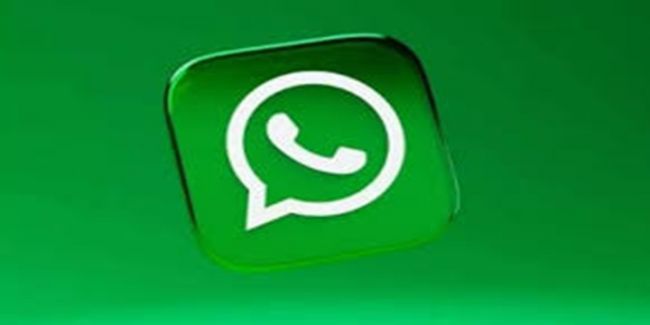Technology
4 min read
WhatsApp Is Getting Ads—But Meta Promises to Keep Your Chats Private


Meta has officially confirmed it: ads are coming to WhatsApp, starting with the “Updates” tab. This move marks a turning point for the world’s most popular messaging app, as the company seeks to finally monetize WhatsApp’s 2+ billion user base—without compromising private messages.
Let’s start with the good news: ads won’t appear in personal or group messages. Instead, Meta is placing sponsored content within the Updates tab—the same section where users view Status updates and follow Channels.
According to The Verge, Meta will begin rolling out short, targeted ads between status updates, much like the Instagram Stories model. These ad slots are designed to be skippable, minimal, and non-invasive.
CNBC reports that the feature will launch globally in phases over the next few months, targeting users who frequently interact with Status content.
So what’s Meta’s full monetization strategy beyond just Status ads?
Meta’s strategy isn’t just about Status ads.
The company is also introducing:
As highlighted by Hindustan Times, Meta aims to turn WhatsApp into a commercial hub—much like WeChat in China—where people can message, follow, shop, and now view ads in a single app.
But as ads expand, how is Meta addressing growing concerns around data use and user privacy?
Meta is walking a fine line. The company confirmed:
This privacy framework is Meta’s attempt to avoid backlash similar to its blue Meta AI assistant icon earlier this year.
Despite this promise, how are users reacting to WhatsApp’s shift from utility to a monetized platform?
Despite Meta’s privacy assurances, some users aren’t thrilled. An NDTV feature captured early sentiment: many fear this is the start of what critics call “enshittification”—the slow degradation of user-first platforms into ad-driven services.
While NDTV acknowledges Meta’s cautious rollout, users on X (formerly Twitter) and Reddit voiced concerns that more aggressive ad models may follow, potentially even in chat lists or call logs.
So why is Meta pushing this now, and what’s the bigger strategic play?
With Threads flatlining and Facebook usage shrinking in Gen Z, Meta is placing its bets on WhatsApp as a growth engine. The app’s Updates tab reportedly sees 1.5 billion daily views, making it prime real estate for advertisers.
Meta’s internal forecast expects WhatsApp monetization to contribute over $15 billion in ad revenue annually by 2027.
With that ambition in mind, what can users expect from the next stage of the rollout?
All of this leads to a key question: is this a natural evolution or a step away from what made WhatsApp trusted?
While status ads may not affect your core chat experience, they signal a philosophical shift for WhatsApp: from utility app to monetized platform. For now, Meta is taking a “no disruption” approach, but history suggests feature creep is only a matter of time.
If you’re a casual user, you may not notice much. But if you value WhatsApp’s clean, ad-free past, this could feel like the beginning of the end of that era.
Be the first to post comment!